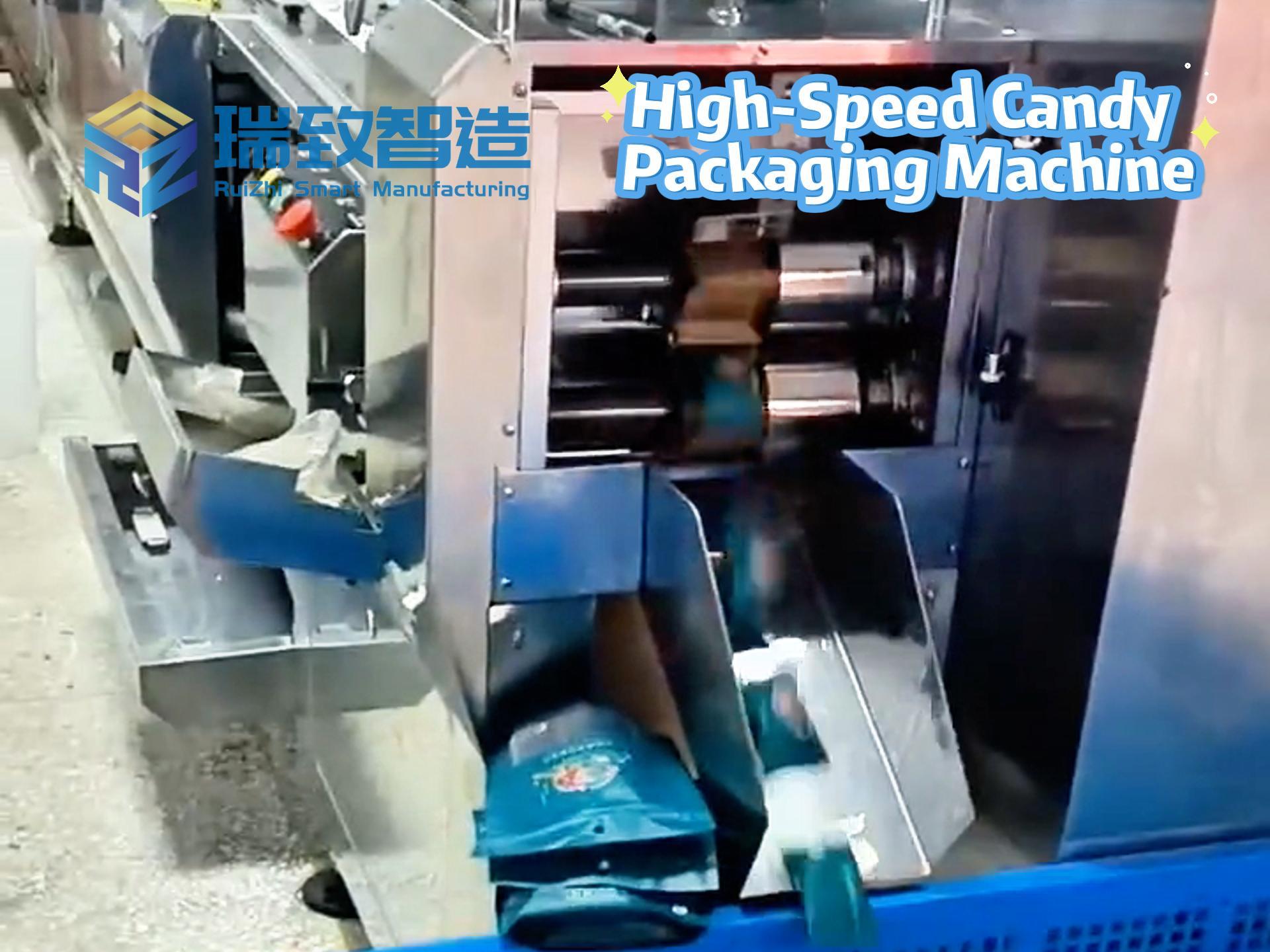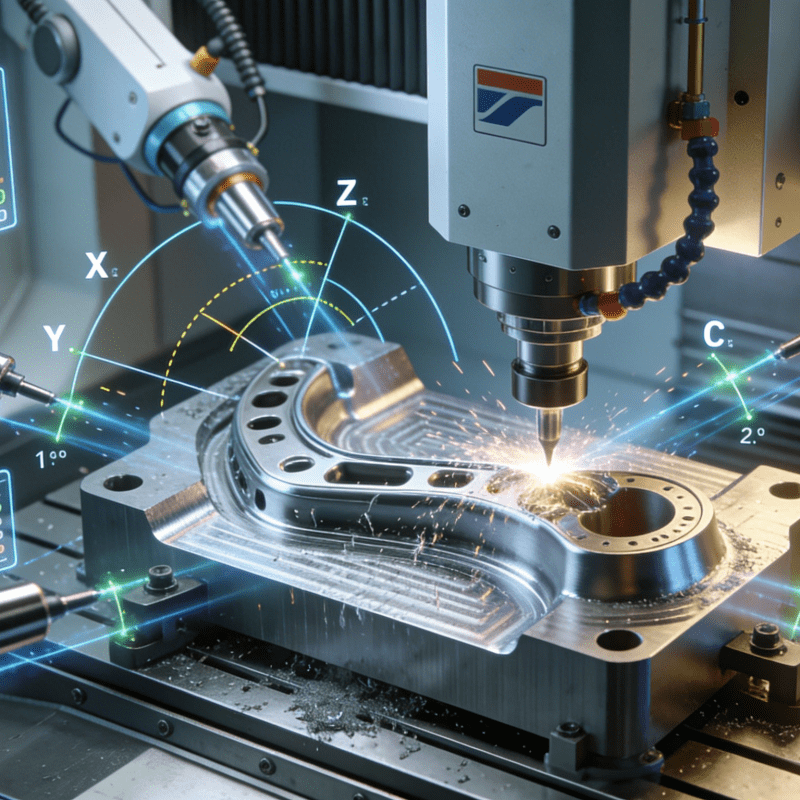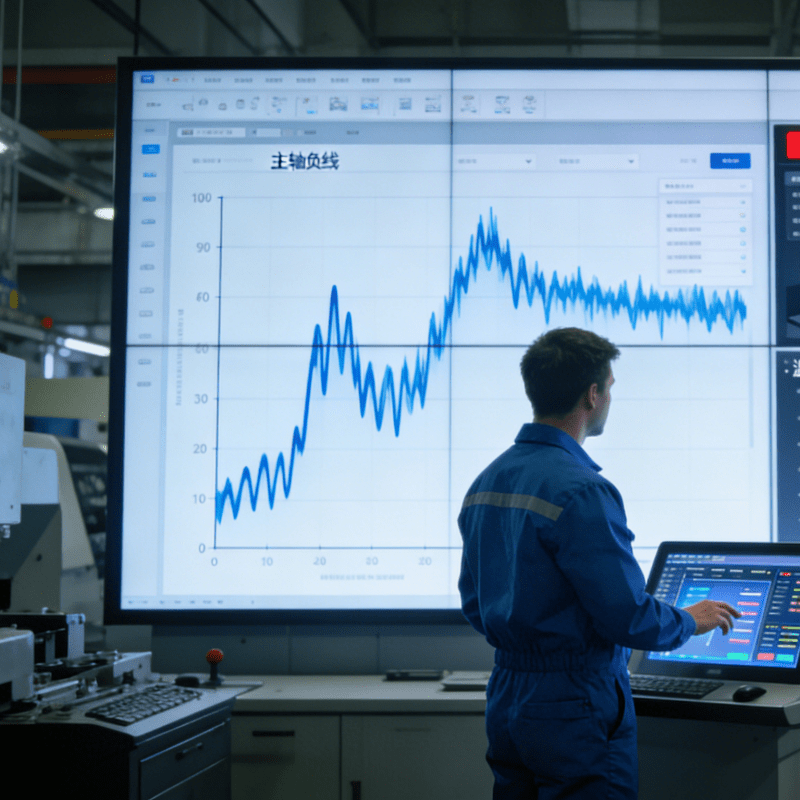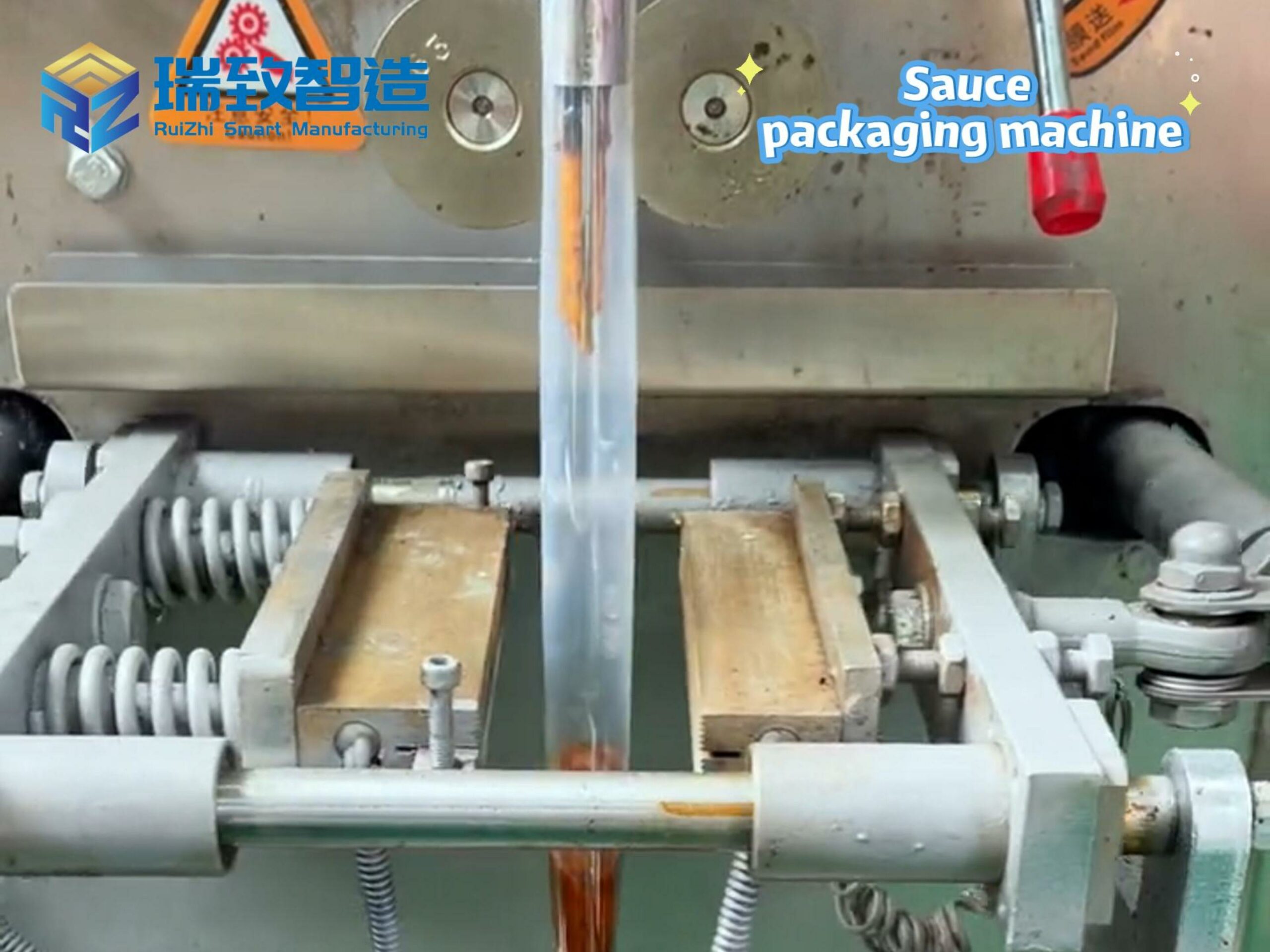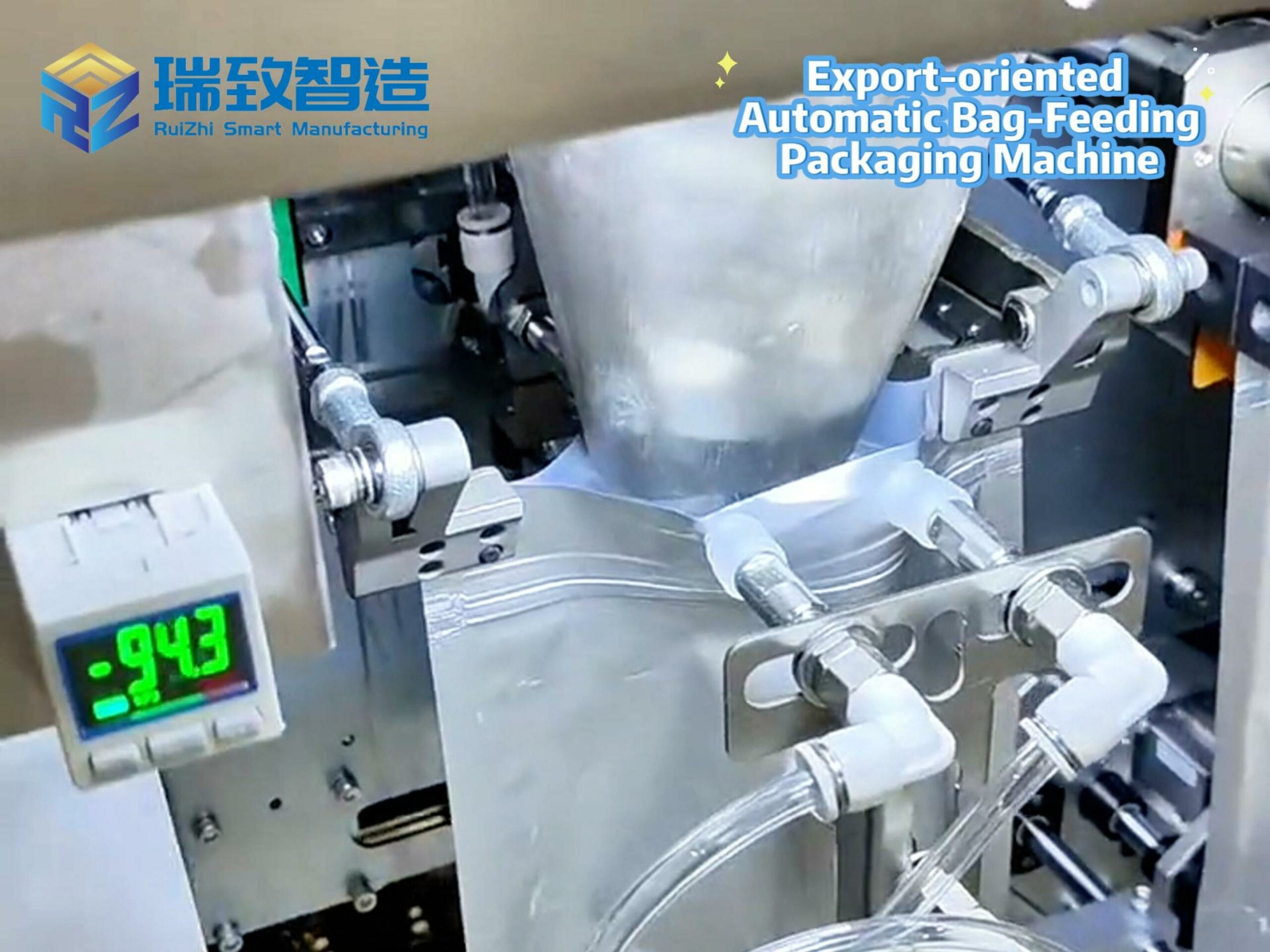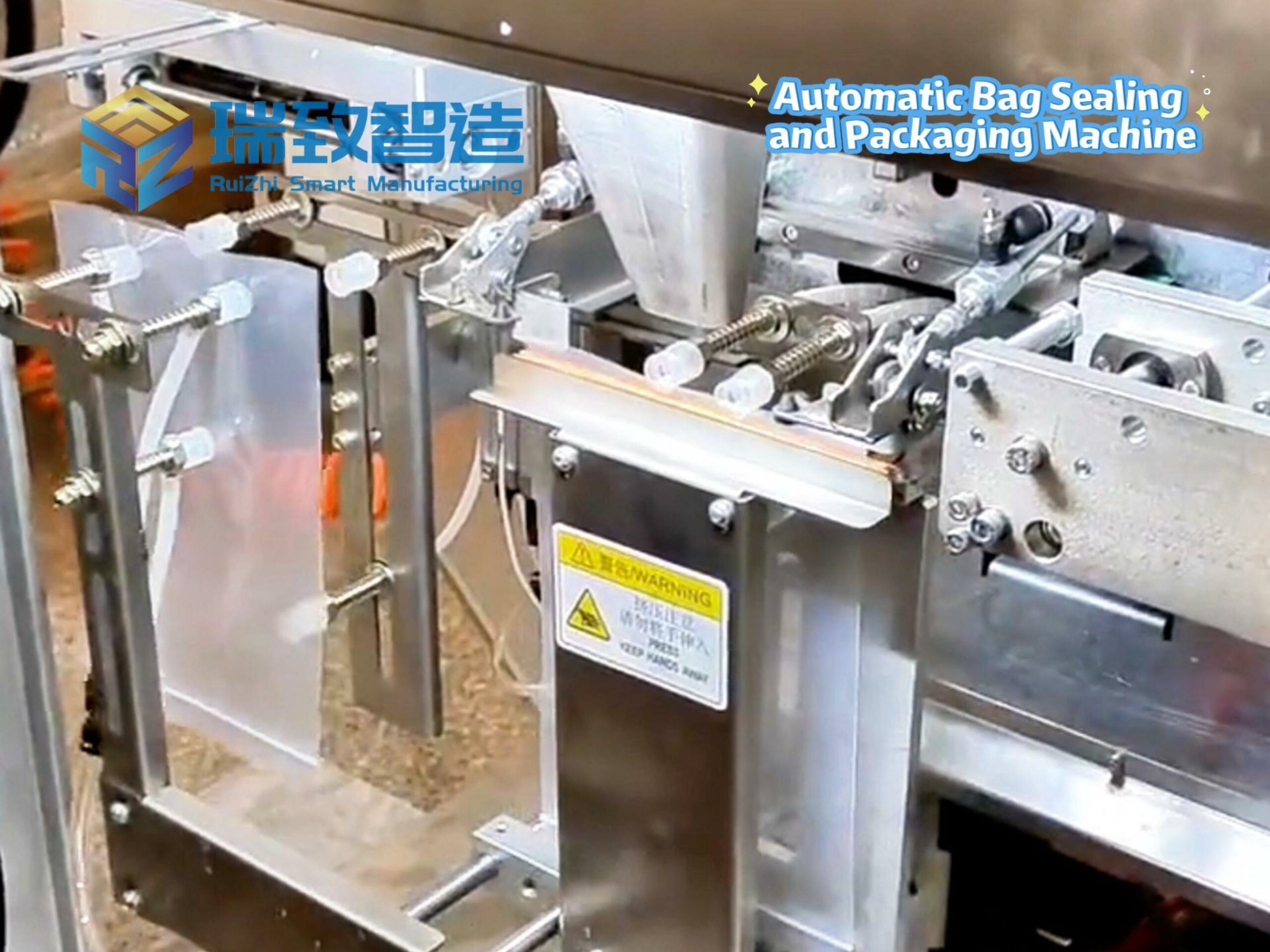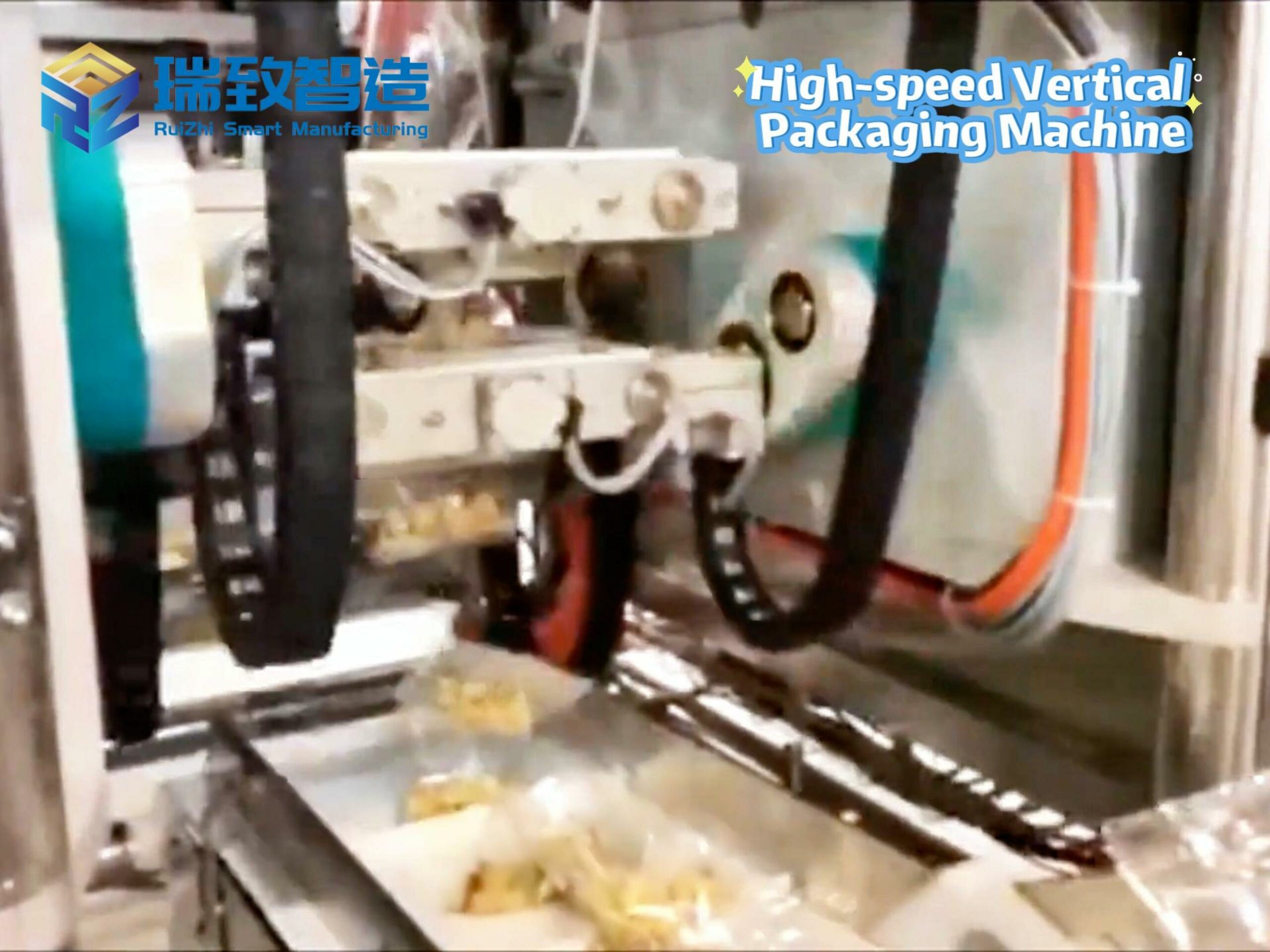 In traditional manufacturing, “profits thinner than paper” are a pain point for many enterprises. Production waste leads to soaring costs, slow response to market changes, and repeated missed profit opportunities. Today, with changing market demands and the rise of personalized customization, the manufacturing industry is facing unprecedented pressure. At this point, flexible production, as an innovative model, has emerged. It focuses on the flexibility and adaptability of production systems, enabling rapid responses to market changes. This article will take you through an in-depth analysis of its definition, technical support, challenges, and implementation strategies, opening a new “monetization” path for traditional manufacturing enterprises.
In traditional manufacturing, “profits thinner than paper” are a pain point for many enterprises. Production waste leads to soaring costs, slow response to market changes, and repeated missed profit opportunities. Today, with changing market demands and the rise of personalized customization, the manufacturing industry is facing unprecedented pressure. At this point, flexible production, as an innovative model, has emerged. It focuses on the flexibility and adaptability of production systems, enabling rapid responses to market changes. This article will take you through an in-depth analysis of its definition, technical support, challenges, and implementation strategies, opening a new “monetization” path for traditional manufacturing enterprises.
- Flexible Production: From “Rigid Inflexibility” to “Dynamic Response”
The core of flexible production is to enable manufacturing systems to have “rapid response capabilities” — when market demands, product designs, or order volumes change, production parameters can be adjusted at the minimum cost. It is not simply about replacing equipment but an integrated solution that combines modular production models, intelligent decision-making systems, and collaborative supply chains to help production lines achieve “on-demand switching.”
For example, a traditional production line in an automobile factory requires a 3-day shutdown to switch from SUVs to sedans, while a flexible production system can complete the transformation in just 4 hours through reconfigurable robot workstations, intelligent logistics scheduling, and a digital process library, with a daily production capacity adjustment range of ±30%. This ability to “adapt to changes” is the core competitiveness that distinguishes flexible production from traditional models.
- The “Technical Backbone” of Flexible Production: Four Core Supports
Automated flexible production is not a castle in the air; its “flexibility” relies on the in-depth collaboration of four technical systems:
- Modular Intelligent Equipment
Equipment in traditional production lines is fixed “screws,” while equipment in flexible production is reconfigurable “Lego blocks.” For example:
- Collaborative robots: Equipped with force control perception and rapid programming capabilities, they can both weld car chassis and assemble mobile phone components, with tooling fixture replacement taking only 15 minutes.
- Reconfigurable machine tools: Through modular tool magazines and numerical control systems, a single machine can perform multiple processes such as milling, grinding, and drilling, adapting to processing needs of different materials (metals, plastics, composite materials).
- Flexible conveying systems: AGVs (Automated Guided Vehicles) replace fixed conveyors, adjusting paths in real-time via 5G positioning to achieve “one item, one code” personalized material distribution.
- Digital Twin and Virtual Debugging
“Rehearsing” the production process in virtual space is key to reducing costs and increasing efficiency in flexible production. Digital twin technology, by building a 3D virtual model of the production line, can:
- Simulate the assembly process of new products in advance, identify equipment interference or process defects, and reduce trial production costs by 40%.
- Real-time mapping of operating data from physical production lines (such as equipment load, material inventory), optimizing production scheduling through AI algorithms, increasing equipment utilization from 60% to 85%.
After introducing digital twins, a home appliance enterprise compressed the trial production cycle of new products from 2 weeks to 3 days, reducing the scrap rate caused by process errors by 70%.
- Internet of Things (IoT) and Real-Time Data Chains
Flexible production needs to “see in all directions” — real-time connectivity of data from equipment, materials, personnel, and orders through IoT:
- Equipment sensors collect parameters such as temperature and speed, and predictive maintenance systems issue early warnings of failures to reduce unplanned downtime.
- Material tags (RFID or QR codes) record the entire trajectory, allowing supply chain systems to dynamically adjust procurement volumes based on order changes, achieving “zero-inventory production.”
- Workers wear smart terminals to receive real-time task instructions, with process parameters automatically pushed to the operation interface, reducing human errors.
- Flexible Supply Chain Collaboration
The “flexibility” of production lines cannot be separated from the “agility” of the supply chain. Flexible production promotes the supply chain to shift from “batch supply” to “precision drip irrigation”:
- Adopting the “Vendor-Managed Inventory (VMI)” model, suppliers set up spare parts warehouses near factories, directly connecting to the factory’s ERP system via API interfaces for on-demand replenishment.
- Implementing “modular design + standardized interfaces” for core components; for example, a mobile phone manufacturer’s camera module is compatible with 10 models, reducing inventory pressure from customized components.
III. Where Is the “Flexibility” in Flexible Manufacturing? Three Dimensions Breaking Traditional Limitations
- Production Line Configuration: From “Fixed Lines” to “Dynamic Networking”
Traditional production lines are “serial rigid chains,” where a single equipment failure shuts down the entire line; flexible production lines are “parallel elastic networks,” achieving flexible adjustments through:
- Plug-and-play equipment: When adding or removing robots, the system automatically updates process paths without reprogramming.
- Dynamic process switching: By calling parameters from a cloud-based process library, the same production line can switch from producing 1mm thin steel plates to 50mm thick aluminum alloys within 2 hours.
- Elastic capacity scaling: Automatically activating or deactivating production units based on order volume; for example, a clothing factory can increase 产能 by 50% in peak seasons by activating temporary workstations and reduce energy consumption in off-seasons by shutting down redundant equipment.
- Product Design: From “Mass Replication” to “Personalized Customization”
Flexible production directly injects “customer needs” into the source of production, achieving seamless integration of “design-production-delivery”:
- Parametric design: Furniture enterprises allow customers to customize sofa sizes, fabrics, and colors through online platforms; design parameters are automatically converted into production instructions, with delivery completed within 72 hours.
- Mixed-line production capability: The same production line in an electronics factory can assemble 10 laptop models with different configurations simultaneously, ensuring assembly accuracy through AI visual recognition of component differences.
- Low-cost trial and error: Rapid prototyping via 3D printing, combined with virtual testing to verify performance, shortening new product development cycles by 60%.
- Supply Chain Management: From “Inventory Betting” to “Production Based on Sales”
Flexible production breaks the separation of “production-inventory-sales,” building a closed loop of “market signals driving production”:
- Demand sensing: Predicting order distribution for the next 30 days through e-commerce platforms, dealer data, and social media trends, with an accuracy rate of over 85%.
- JIT (Just-In-Time) supply: Auto parts suppliers deliver materials every 2 hours based on the real-time production progress of OEMs, tripling inventory turnover.
- Distributed production: Sports shoe brands distribute orders to flexible factories in different regions — northern factories produce fleece-lined models, southern factories produce mesh models — reducing logistics costs by 20%.
- Industry Practices: How Flexible Production Rewrites the “Profit Logic”?
Although the paths of flexible transformation vary across industries, the core is to seize market opportunities through “rapid response”:
Case 1: Automotive Industry — From “Mass Production” to “Customized Delivery”
After adopting flexible production, a new energy vehicle enterprise allows users to choose from over 2,000 configuration combinations (wheels, interiors, intelligent driving functions). Through modular chassis, robot flexible welding, and digital twin debugging, the delivery cycle for customized vehicles has been shortened from 3 months to 2 weeks, with order conversion rates increasing by 40% and inventory impairment losses reducing by 120 million yuan/year.
Case 2: Sanitary Ware Industry — The “Profit Code” of Small-Batch Customization
Enterprises like Jiumu have achieved “one version per person” customization of shower rooms through flexible production lines: After customers submit bathroom dimensions online, the system automatically generates 3D models and splits production tasks — glass cutting units process irregular glass on demand, hardware assembly units switch fixtures to adapt to different hinge models, and finally, AGVs deliver components to the assembly area. The gross profit margin of small-batch customized products is 25% higher than that of standard products, and inventory turnover has tripled.
Case 3: Electronics Industry — Survival Rules for “Multi-Variety, Short-Cycle”
Facing challenges of “rapid model iteration and fragmented orders,” a mobile phone contract manufacturer introduced 500 collaborative robots and a digital twin system. When an urgent order for 100,000 units of a certain model was added, the system automatically deployed idle equipment to form a temporary production line, completing capacity ramp-up within 3 days, avoiding the dilemma of “missed orders due to insufficient capacity” in traditional models, and increasing annual revenue by 800 million yuan.
- Implementation Challenges and Solutions
Flexible production is beneficial, but the transformation process is not smooth. Enterprises often face three “obstacles”:
- High Initial Investment vs. Long-Term Returns
Challenge: The transformation cost of a flexible production line is 2-3 times that of a traditional line, which is unaffordable for small and medium-sized enterprises.
Solution: Adopt “progressive transformation” — first flexibilize core processes (such as assembly, inspection), then gradually expand; or join industry clusters’ “shared flexible centers” to share equipment costs.
- Technical Talent Gap
Challenge: There is a shortage of interdisciplinary talents who understand both mechanical design and AI/IoT.
Solution: Collaborate with vocational schools to offer “flexible production programs,” and use AR remote guidance systems to help veteran workers quickly master new equipment operations.
- Supply Chain Collaboration Barriers
Challenge: Suppliers’ response speeds cannot keep up with flexible production rhythms, leading to material shortages.
Solution: Select partners with “strong modular capabilities” and sign flexible supply agreements; use blockchain technology to achieve supply chain data transparency and reduce information asymmetry.
- Future: Flexible Production + X, Opening New Possibilities for Manufacturing
With technological evolution, flexible production is integrating with more cutting-edge fields:
- Flexible + Green: Through intelligent energy management, production lines can adjust operating hours based on electricity price fluctuations, reducing carbon emissions by 15%.
- Flexible + Service: Equipment manufacturers provide flexible equipment through leasing models, charging based on actual production capacity to lower enterprise transformation thresholds.
- Flexible + Metaverse: Customers “trial-produce” customized products in virtual spaces, starting physical production only after satisfactory experiences, further reducing customization risks.
Conclusion
Automated flexible production is not a “choice” but a “survival issue” for traditional manufacturing to cope with market changes. Its value lies not only in reducing costs and increasing efficiency but also in enabling enterprises to shift from “passive order-taking” to “active demand creation.” Enterprises that integrate the “flexible” gene into production, design, and the entire supply chain will eventually open up a high-value-added new track in the “second half” of manufacturing.
For traditional manufacturers eager to break through, now is the best time to deploy flexible production — starting with localized flexible transformation of processes, gradually building full-chain response capabilities, to achieve a leap from “meager profit survival” to “high-profit development” in a rapidly changing market.

